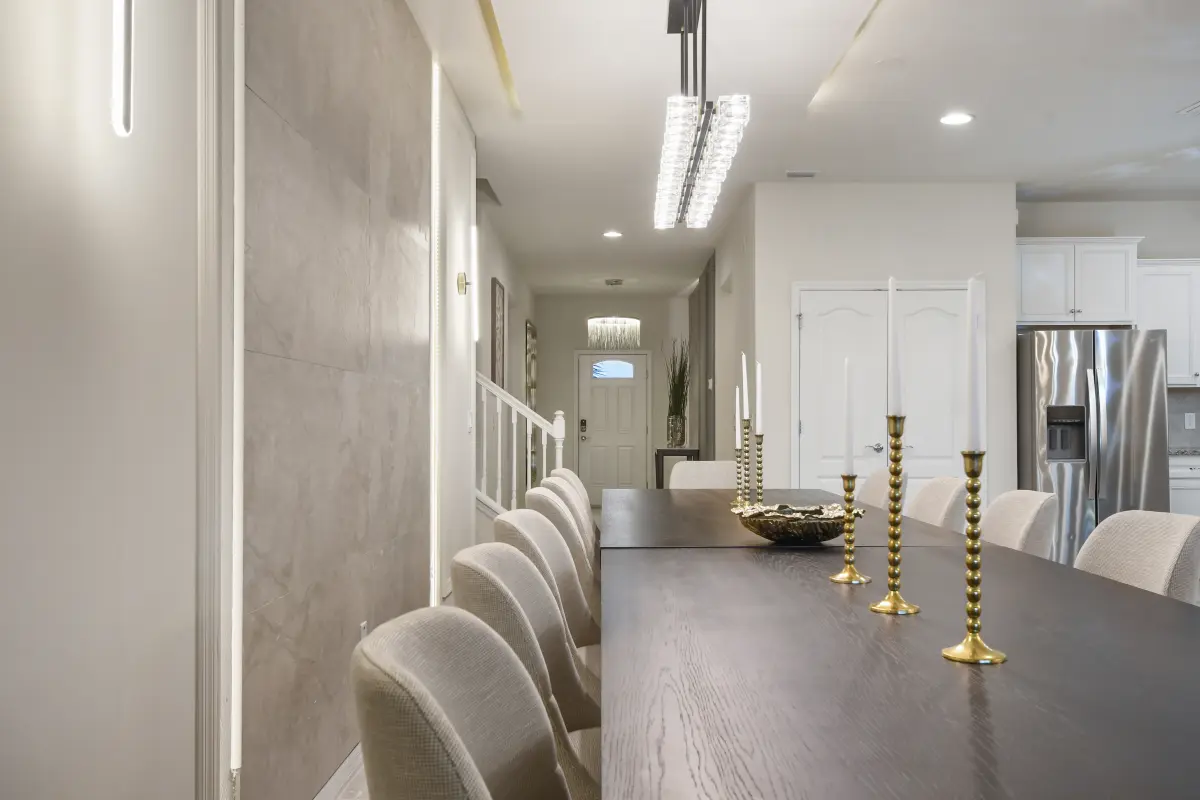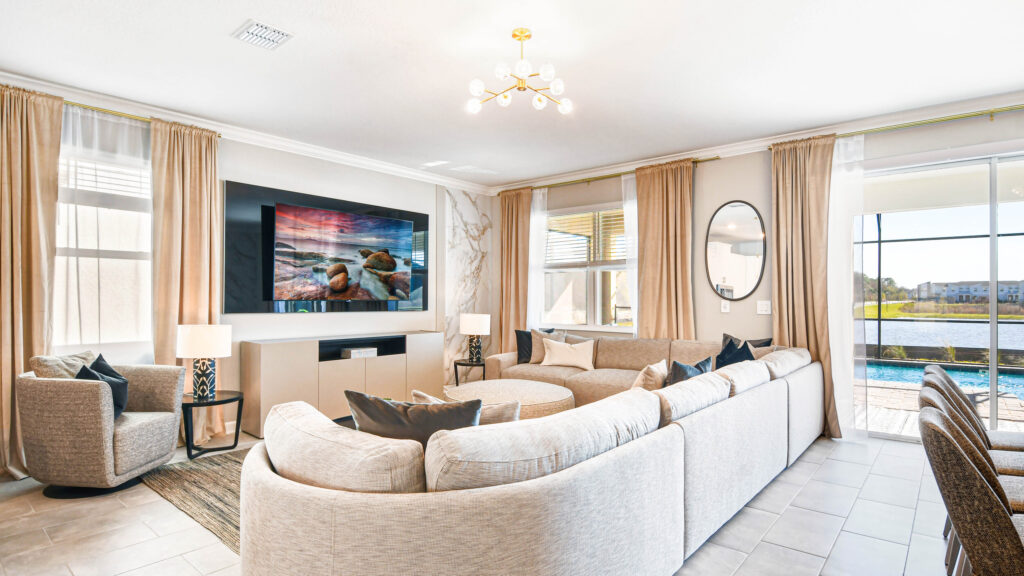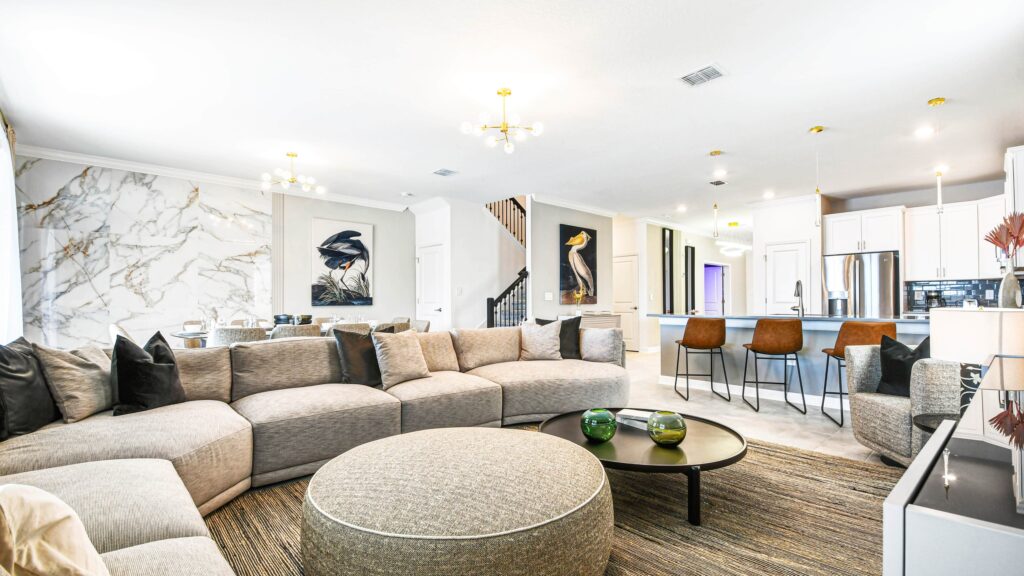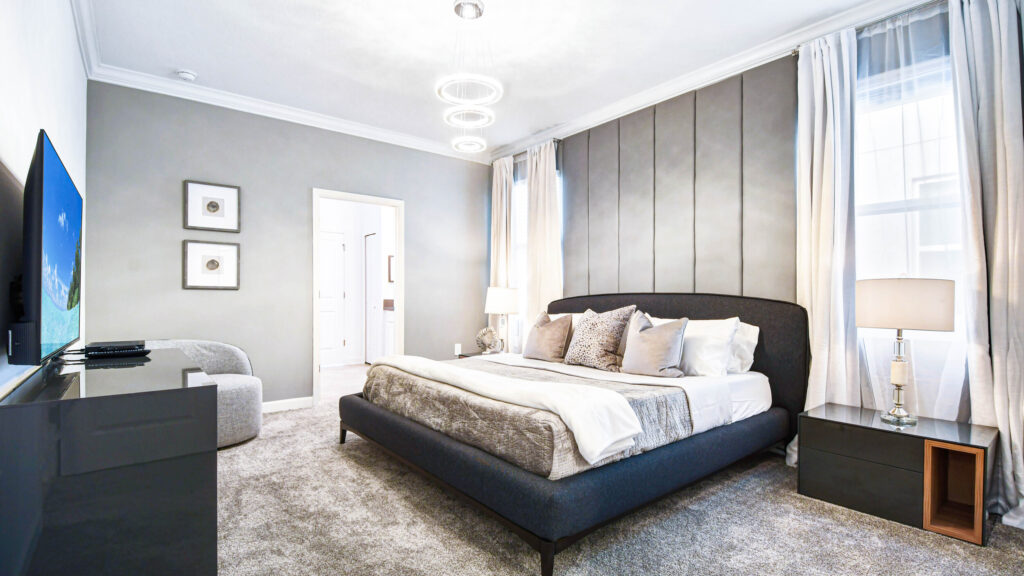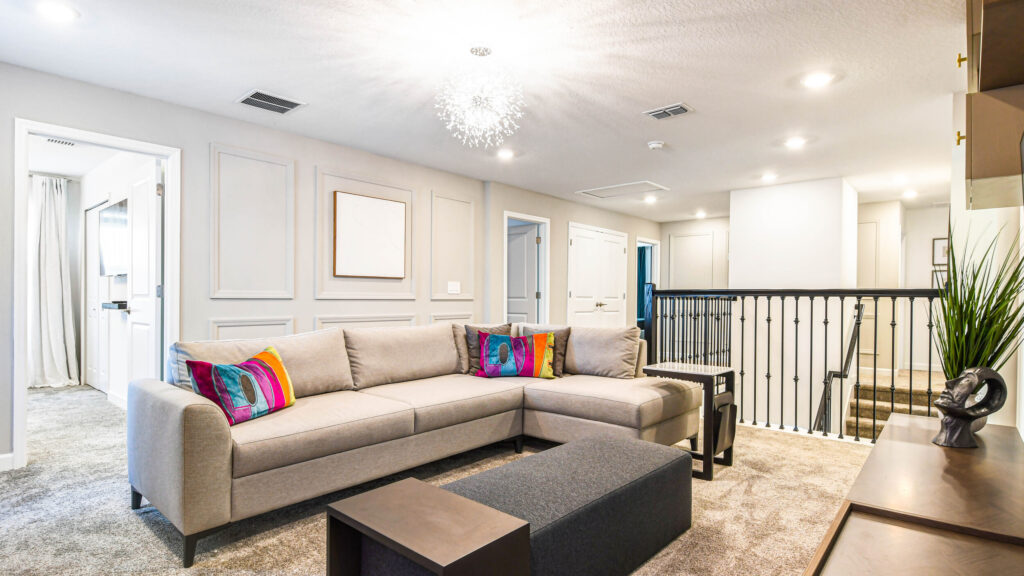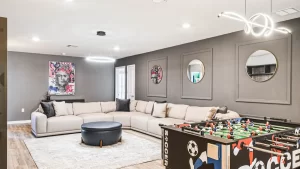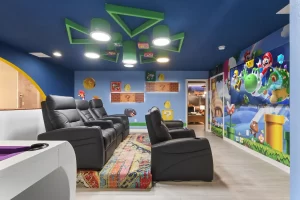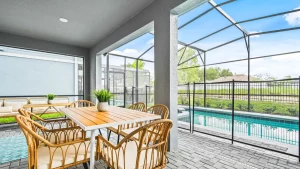Looking to create a stunning living space that reflects your style and enhances your everyday life? Well, residential interior designing is the key to achieving just that.
It’s not just about decorating your home; it’s about creating a functional and beautiful living environment that caters to your needs and preferences.
Whether you’re building a new house or giving your existing one a makeover, investing in residential interior designing can truly transform your space into a haven you’ll love coming back to.
Understanding the importance of residential interior design
First, let’s talk about why residential interior design is so important. It goes way beyond just picking out pretty furniture and paint colors.
A skilled residential interior decorator understands the ins and outs of space utilization, lighting, color schemes, furniture selection, and overall layout.
They know how to optimize every square inch of your home to make it not only visually appealing but also functional.
Create a functional and stylish living environment
Functionality is key when it comes to designing your home. A high-end residential interior designer will consider the flow of movement within your space, ensuring that each room serves its purpose effectively.
They’ll develop clever storage solutions, ergonomic furniture arrangements, and efficient layouts that maximize convenience and comfort.
But hey, it’s not all about functionality! We also want your home to look amazing. That’s where the style and aesthetics come into play.
An interior designer has an eye for detail and can create a cohesive look throughout your home. They’ll consider factors like color palettes, textures, patterns, and materials to create a visually pleasing ambiance that suits your taste and complements your home’s architectural elements.
Personalizing your home to reflect your unique taste
Your home should be a reflection of you—your personality, your style, your interests. And that’s exactly what residential interior design allows you to achieve.
A skilled designer will work closely with you to understand your preferences and create a space that resonates with your unique taste.
Whether you’re into a sleek and modern look or a cozy and traditional vibe, an interior designer can bring your ideas to life.
From selecting the perfect furniture and lighting fixtures to choosing artwork and accessories, they’ll pay attention to every little detail to ensure that your home truly reflects who you are and creates a warm and welcoming atmosphere.
Increasing property value through thoughtful design
Oh, and here’s a bonus: investing in residential interior design can increase the value of your property. A thoughtfully designed and aesthetically pleasing home is more appealing to potential buyers.
They won’t have to go through the hassle of designing it themselves, which means your home becomes a desirable option in the real estate market.
So, not only will you enjoy a beautiful space, but you’ll also get a higher return on your investment when it’s time to sell.
Finding the right residential interior designing expert
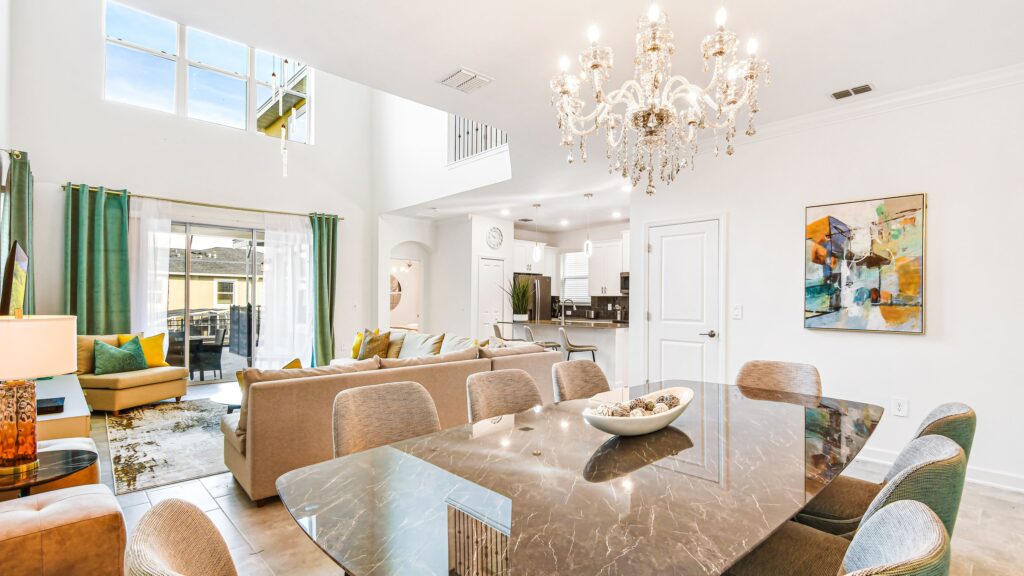
Researching and shortlisting design professionals:
Now that we’ve established the importance of residential interior design, let’s talk about finding the right expert for the job. It all starts with thorough research. Ask friends, family, or colleagues for recommendations.
Check out online directories, design magazines, and social media platforms to discover professionals in your area.
Once you have a list of potential designers, narrow it down based on their expertise, experience, and portfolio.
Look for designers who specialize in residential projects and have a proven track record of delivering high-quality results. It’s also crucial to consider their design style and see if it aligns with your preferences.
Evaluating portfolios and past projects
Now, this is where things get exciting! Take the time to dive into the portfolios of the designers you’re considering.
This is like peeking into their creative minds and seeing if their style resonates with you. Look for diversity in their portfolio to ensure they can handle different design styles and adapt to your specific needs.
Pay attention to the quality of their work, the materials used, and the overall visual appeal. You must ensure that their craftsmanship and attention to detail align with your vision.
And don’t forget to read client testimonials and reviews to get an idea of their client’s satisfaction as well as their ability to meet deadlines and budgets.
Conducting interviews and initial consultations
Okay, you’ve narrowed down your list even further. It’s time to meet these designers in person and see if you vibe with them. Prepare a list of questions and concerns to discuss during these interviews and initial consultations.
Use this time to share your ideas, expectations, and budget with the designers. A good designer will actively listen to your requirements and offer creative solutions that address your needs.
They’ll provide insights and suggestions based on their expertise while keeping your vision in mind.
And speaking of finding the perfect residential interior designing expert, we have just the right recommendation for you—Veranda Interiors.
These folks are known for delivering exceptional and personalized design solutions. With a talented team and years of experience, they excel in creating breathtaking living spaces that reflect your unique vision.
From space planning to furniture selection, Veranda Interiors pays meticulous attention to detail, ensuring client satisfaction in every project they undertake.
Collaborating with your residential interior designer
Designing your dream home is an exciting journey, and collaborating with a residential interior designer can make the process even more enjoyable. Here are some key points to keep in mind when working with your designer:
Defining your design goals and preferences:
Before diving into the design process, take some time to define your design goals and preferences. What style do you envision for your home?
Do you prefer a modern, minimalist look or a cozy, rustic feel? Communicate your vision to your designer, providing them with inspirational images or a mood board to help them understand your aesthetic preferences.
Establishing a realistic budget and timeline
Setting a realistic budget and timeline is crucial for a successful interior design project. Discuss your budget openly with your designer so they can guide you on how to allocate your resources effectively.
Additionally, establish a timeline that considers any important events or deadlines you may have. This will help both you and your designer stay on track throughout the project.
Communication and feedback throughout the design process
Effective communication is key to a successful collaboration. Maintain open and honest communication with your designer, expressing your likes, dislikes, and concerns.
Your feedback is invaluable in guiding the design process. Be proactive in providing feedback at each stage to ensure the final result aligns with your vision.
Key considerations for residential interior design
- Space planning and layout optimization
- Selecting appropriate color schemes and themes
- Incorporating furniture and decor elements
- Lighting design and enhancements
- Flooring, wall treatments, and window coverings
- Space planning and layout optimization
An essential aspect of residential interior design is creating a functional and efficient space plan. Your designer will analyze your home’s layout, considering traffic flow, room functionalities, and furniture placement to optimize the layout effectively. - Selecting appropriate color schemes and themes
Color selection is crucial in setting the mood and atmosphere of a space. Your designer will help you choose suitable color schemes that align with your style and preferences, considering natural light, room size, and existing architectural elements. - Incorporating furniture and decor elements
Choosing the right furniture and decor elements is vital for achieving the desired look and functionality of your space. Your designer will guide you through the selection process, considering comfort, style, and durability while ensuring they fit harmoniously within the overall design concept. - Lighting design and enhancements
Lighting plays a significant role in enhancing ambiance and functionality. Your designer will create a lighting plan incorporating various sources, such as overhead fixtures, task lighting, and accent lighting.They may also suggest enhancements like dimmers and smart lighting systems for creating different moods and saving energy. - Flooring, wall treatments, and window coverings
Flooring, wall treatments, and window coverings contribute to the overall aesthetic and comfort of your home.Your designer will help you choose appropriate materials and finishes, considering factors such as durability, maintenance requirements, and acoustics.
Budget-friendly tips for residential interior design
- Maximizing existing furniture and accessories
- Prioritizing key design areas for investment
- Cost-effective shopping and Bargain Hunting
- Maximizing existing furniture and qcessories:
Your designer can work with your existing furniture and accessories, finding creative ways to incorporate them into the new design. Repurposing items or giving them a fresh look through reupholstering or refinishing can save you money. - Prioritizing key design areas for investment:
If you have a limited budget, prioritize the areas that matter most. Allocate a larger portion of your budget to those spaces to achieve a high-quality design while making more budget-conscious choices in other areas. - Cost-effective shopping and Bargain Hunting:
Your designer can assist you in finding cost-effective solutions and hunting for the best deals. They have access to trade discounts and knowledge of where to find high-quality items at more affordable prices. They can also suggest alternative materials or finishes that provide a similar look at a lower cost.
Transforming your space into your dream home is an achievable goal with the assistance of residential interior designing services.
By closely collaborating with your designer, clearly communicating your goals and preferences, and establishing a realistic budget and timeline, you can embark on a design journey that brings your vision to life.
Key considerations such as space planning, color schemes, furniture selection, lighting design, and finishes will be expertly handled by your designer, resulting in a cohesive and functional design that reflects your unique style.
Don’t forget to explore budget-friendly tips like maximizing existing furniture, prioritizing key areas, and seeking out cost-effective shopping options.
Throughout the process, maintain open communication with your designer, allowing them to guide and provide guidance to ensure a successful transformation of your space into your dream home.
Frequently asked questions
How long does a residential interior design project usually take?
The duration of a residential interior design project varies depending on the scope, complexity, and size of the project. It can range from a few weeks for smaller projects to several months for larger-scale renovations. Your designer will provide a timeline specific to your project during the initial consultation.
What factors influence the cost of residential interior design?
The cost of residential interior design depends on various factors, including the size of the project, the complexity of the design, the quality of materials and finishes chosen, and the level of customization required.
Additional factors such as location and the reputation of the designer or residential interior design firms may also impact the cost.
Can I incorporate sustainability and eco-friendly practices in my design?
Absolutely! Many designers are well-versed in sustainable design practices and can help you incorporate eco-friendly elements into your home.
They can suggest environmentally friendly materials, energy-efficient lighting solutions, and sustainable furniture options. Discuss your desire for sustainability with your designer, and they will guide you accordingly.

